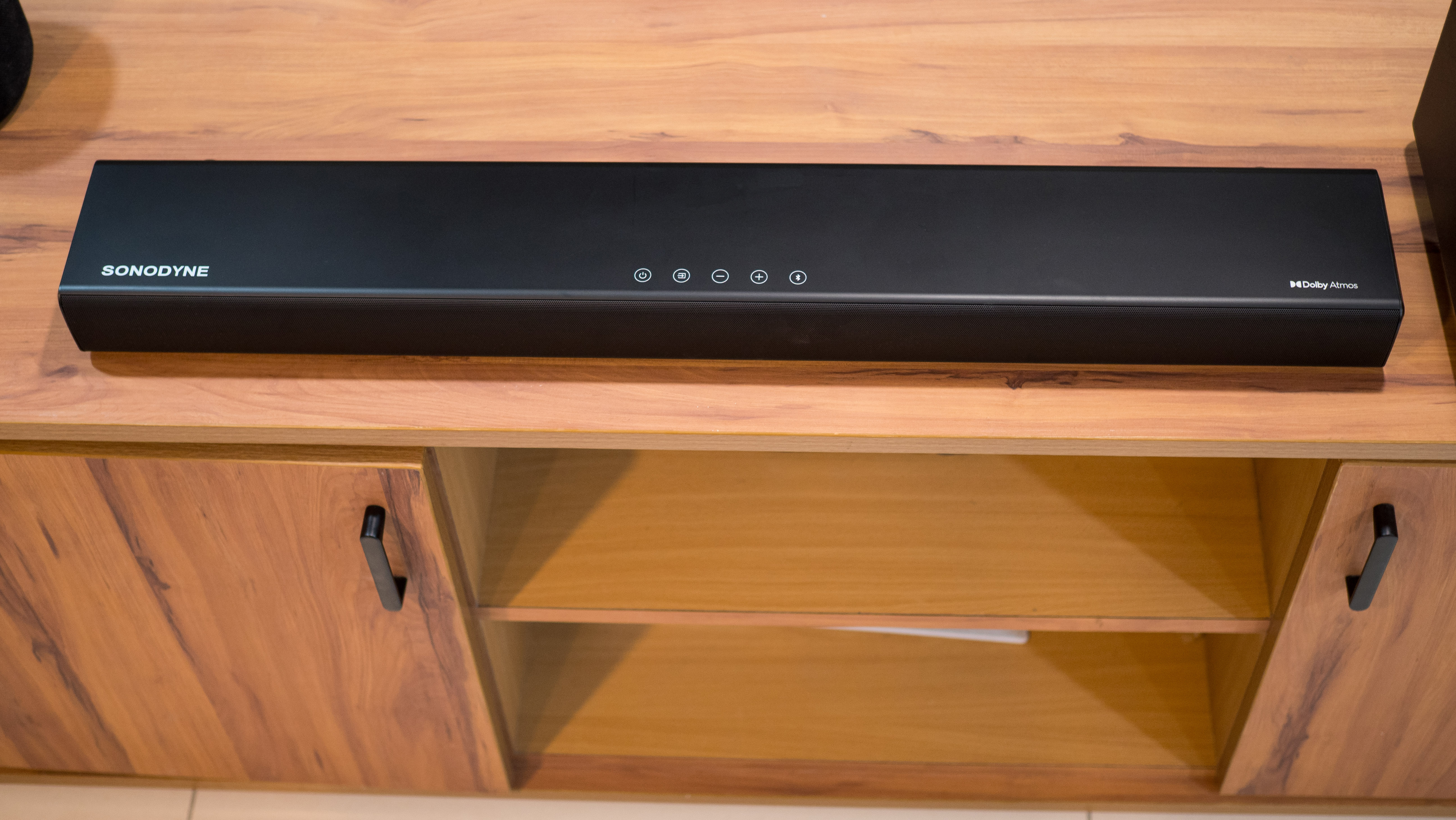Google can make smart glasses accessible with Warby Parker, Gentle Monster deals
Smart glasses need to work for everyone if they're going to replace a smartphone.
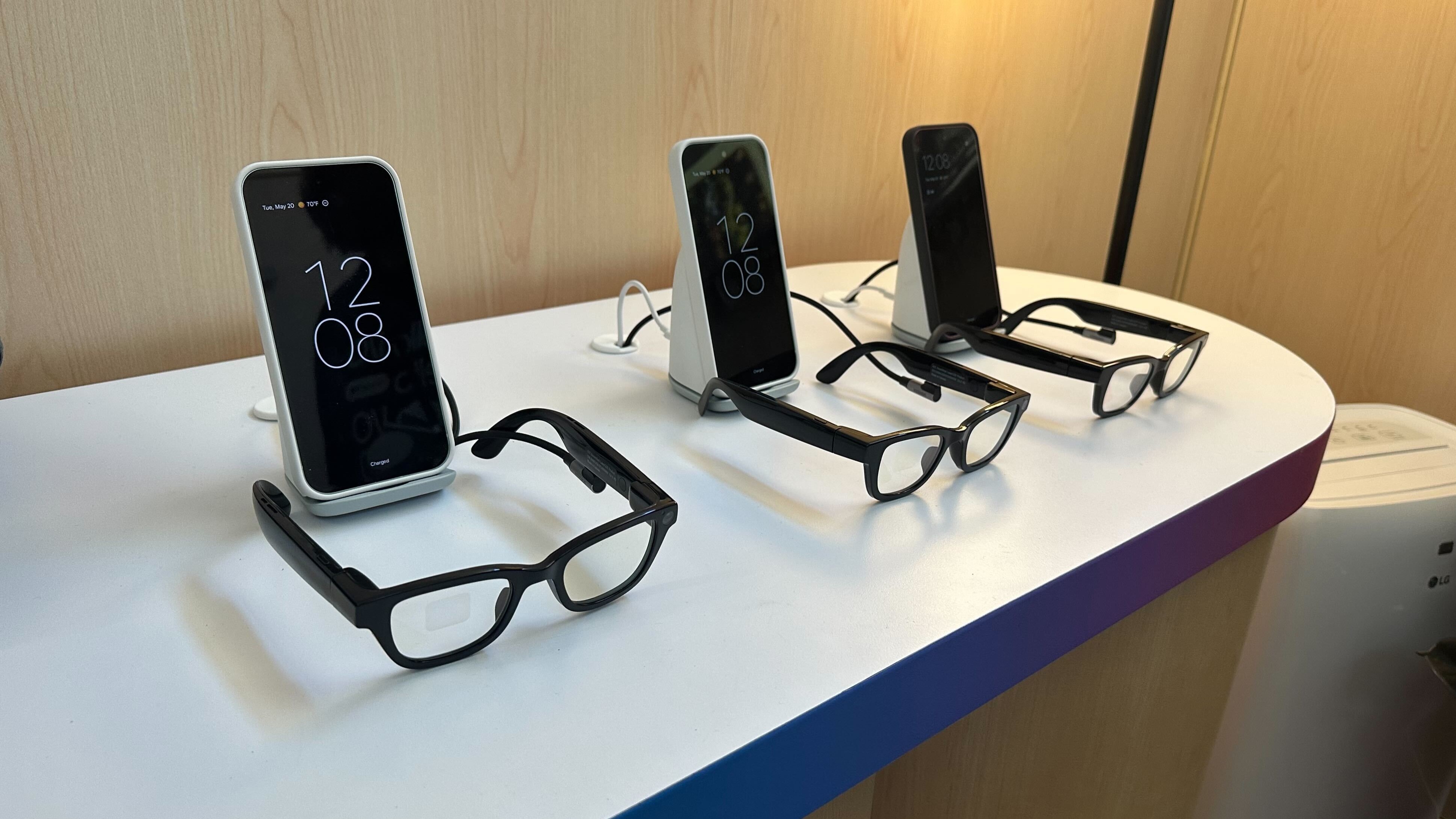
Smartphones are known for being a one-size-fits-all technology solution. They work for almost everyone, and if they don't work for you right out of the box, there are loads of accessibility features and hardware accessories that can make them just right. If smart glasses like the Android XR ones I tried at Google I/O 2025 are a future smartphone replacement, that's a problem.
Something you wear on your face needs to be much more personal to you than a phone you stash away in your pocket or bag. Smart glasses need to match your personal style while also feeling comfortable, accommodating the various face and head shapes out there.
For prescription glasses-wearers, there are more considerations. You need to be able to fit a wide variety of prescription lenses inside smart frames at a reasonable cost.
So far, there isn't a single pair of smart glasses or even one VR/XR headset that fits the bill.
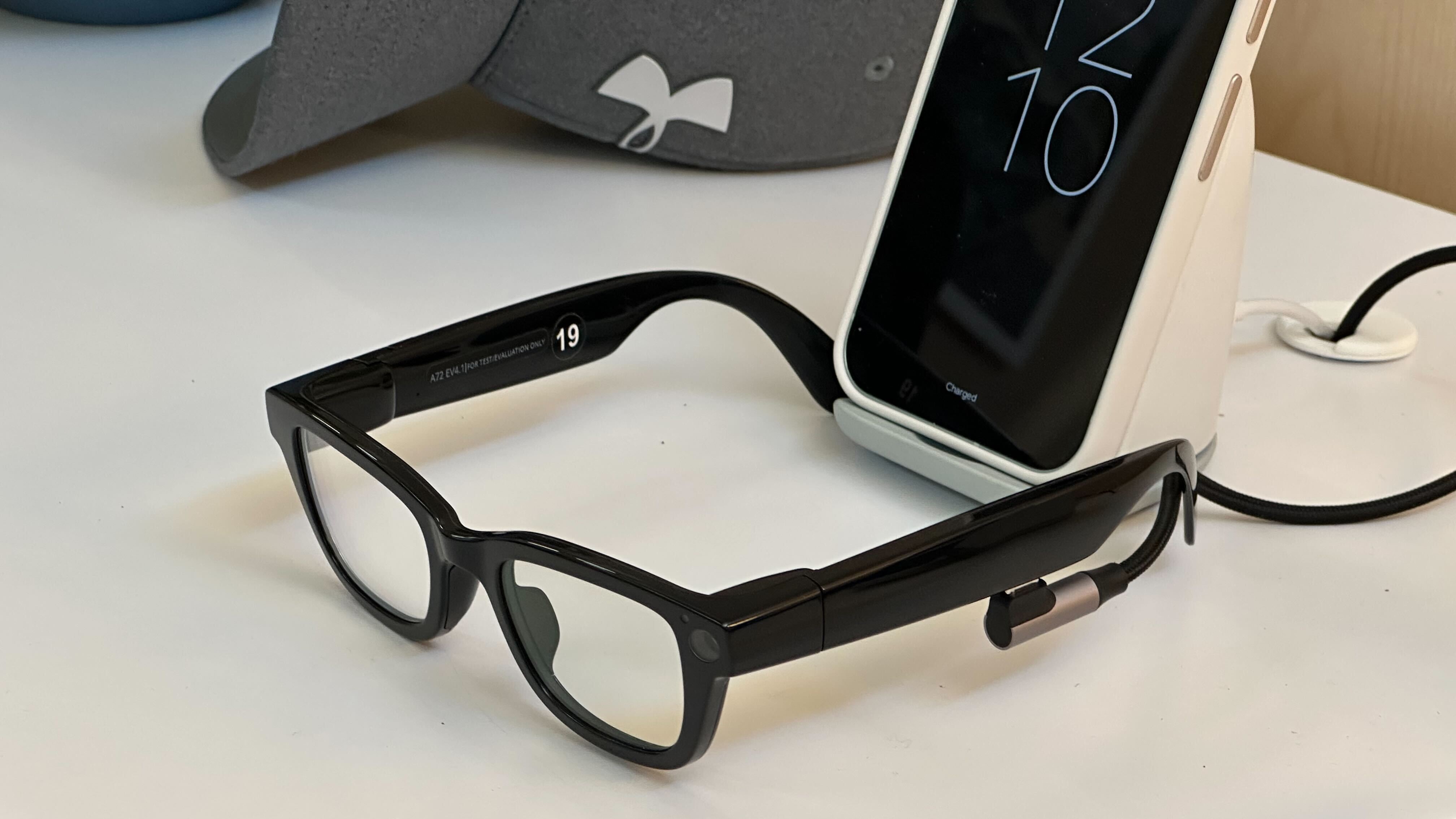
Meta seems to have gotten closest with the Ray-Ban Meta smart glasses, offering the technology in a handful of Ray-Ban styles. They're available in classic Wayfarer frames or a chic Skyler look, plus a few others. However, Meta failed to make the smart glasses accessible for low-vision users. The prescription lens range for Ray-Ban Meta is merely -6.00 to +4.00 total power, which leaves a lot of people out.
Last year, I wrote that while I loved the Ray-Ban Meta glasses, I'd never wear them again. It wasn't because they weren't useful or too pricey — it was because my new eyewear prescription now falls outside Meta's extremely limited range.
Smaller brands seemed to have solved this problem already. Solos' AirGo 3 smart glasses support an enormous prescription strength range of -15.00 to +10.00 when using thin lenses. There's no excuse for Meta offering such limited support for prescription lenses when other companies, like Solos, have figured it out.
Get the latest news from Android Central, your trusted companion in the world of Android
This is an accessibility problem, plain and simple — not everyone can or wants to wear contacts, and glasses-wearers deserve to experience smart glasses and Android XR, too.
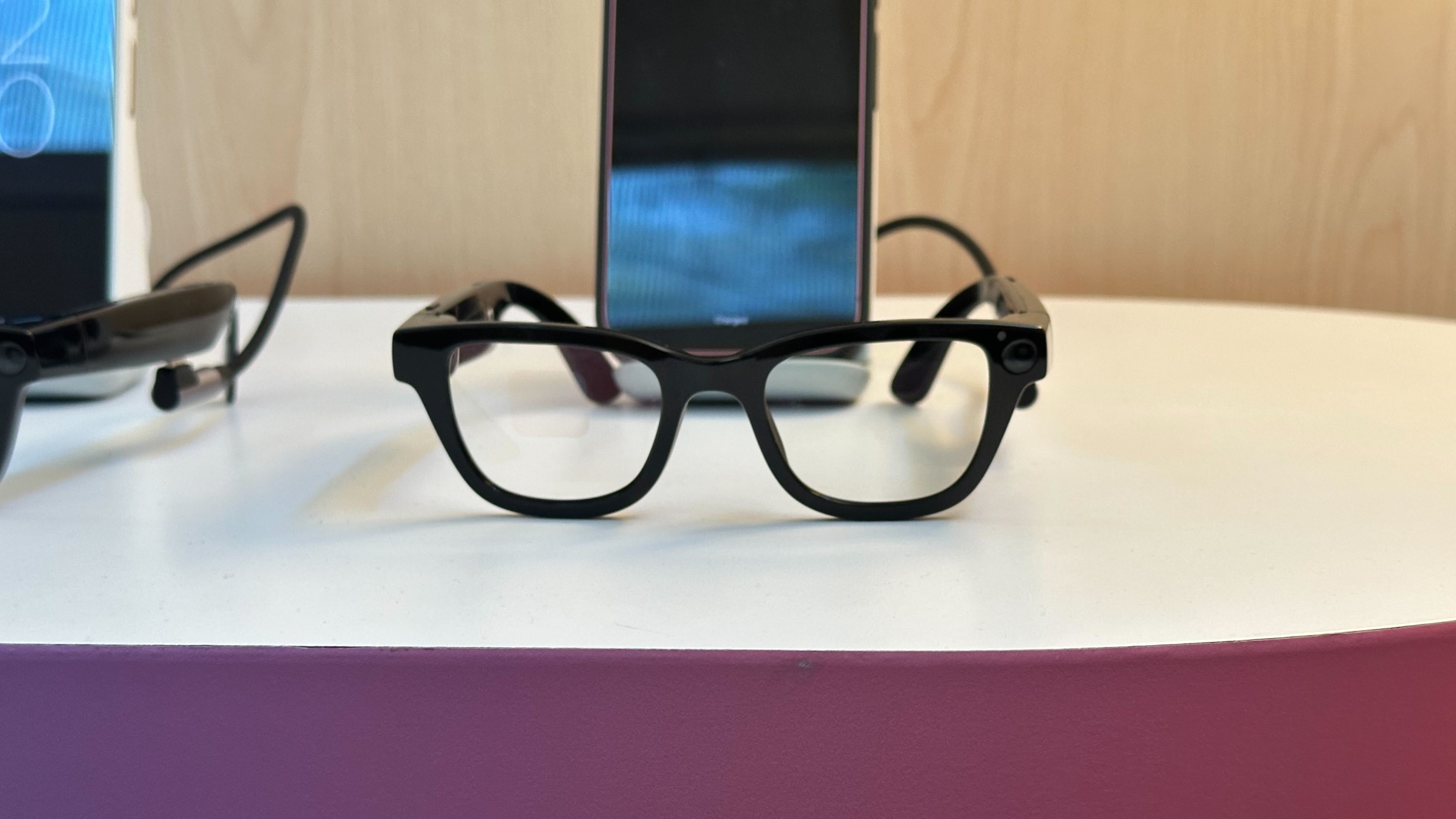
I'm hopeful that Google's approach to Android XR glasses is the one to solve this accessibility issue once and for all. It's not trying to make smart glasses all by itself, nor is it restricting the company to a single eyewear partner. While Meta chose to work with EssilorLuxottica — a legacy eyewear and optical brand managing popular names like Ray-Ban, Oakley, and LensCrafters — Google picked two new-age partners in Warby Parker and Gentle Monster.
Both brands are relatively new in the eyewear space, at least by comparison to EssilorLuxottica, but they've been abundantly successful. Warby Parker and Gentle Monster are extremely popular among younger audiences and feature new, hip styles.
I have no doubt that Google's upcoming Android XR glasses will be better-looking than Ray-Ban Metas, because the latter restrict Meta's development to the older style of Wayfarer frames. Meanwhile, Google has the potential to make smart glasses technology that is frame-agnostic. In other words, it can design smart hardware that can fit into a variety of frames and styles, so there's something for everyone.
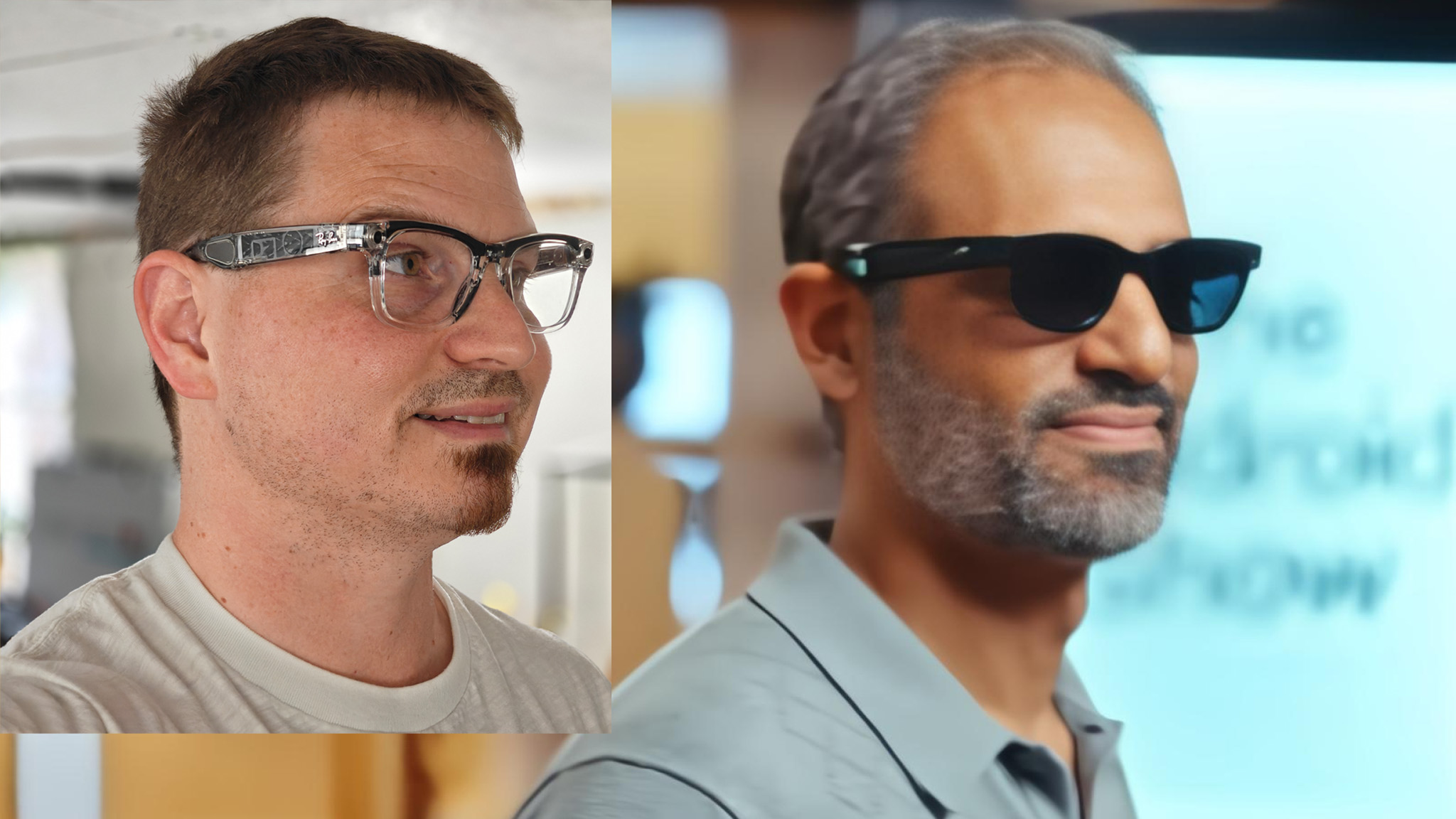
I emphasize the word potential because there's no guarantee that Google doesn't just follow in Meta's footsteps. It could pick one or two frames from Gentle Monster and Warby Parker to Google-ify and call it a day. I'm really hopeful that doesn't happen because Google has a unique opportunity to do something that's never been done before in the smart glasses space.
It can leverage partnerships with Gentle Monster and Warby Parker to make smart glasses that are stylish, comfortable, and support a wide range of prescription types for the masses, not just the select few who happen to be able to use Ray-Ban Metas.

Brady is a tech journalist for Android Central, with a focus on news, phones, tablets, audio, wearables, and software. He has spent the last three years reporting and commenting on all things related to consumer technology for various publications. Brady graduated from St. John's University with a bachelor's degree in journalism. His work has been published in XDA, Android Police, Tech Advisor, iMore, Screen Rant, and Android Headlines. When he isn't experimenting with the latest tech, you can find Brady running or watching Big East basketball.
You must confirm your public display name before commenting
Please logout and then login again, you will then be prompted to enter your display name.
